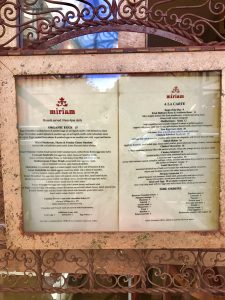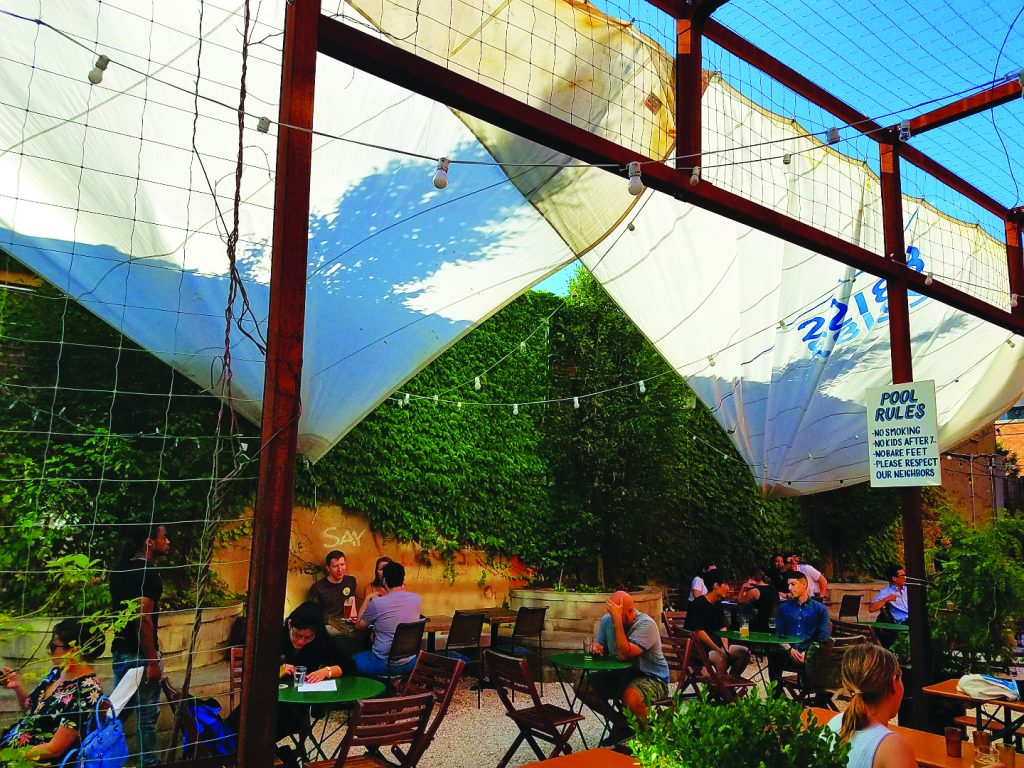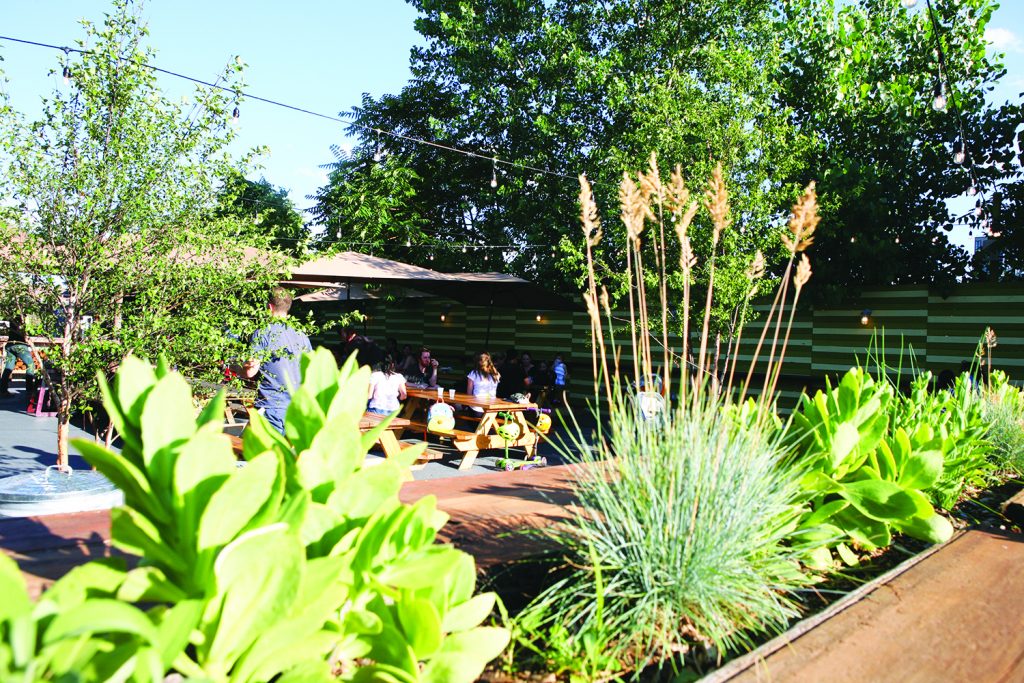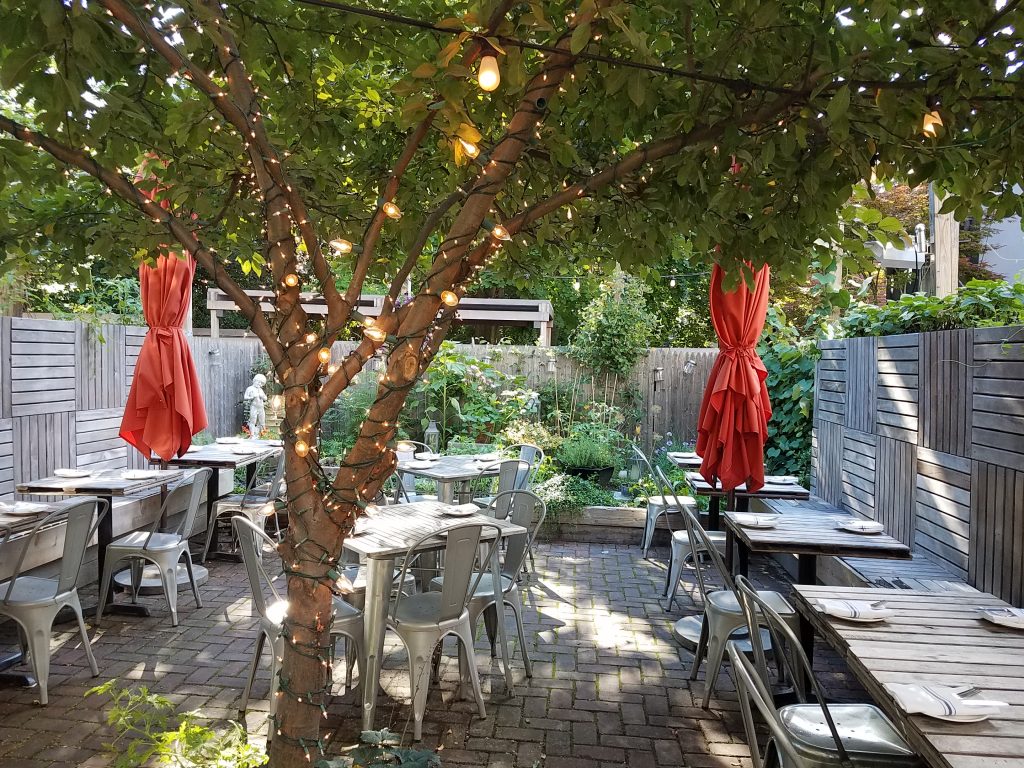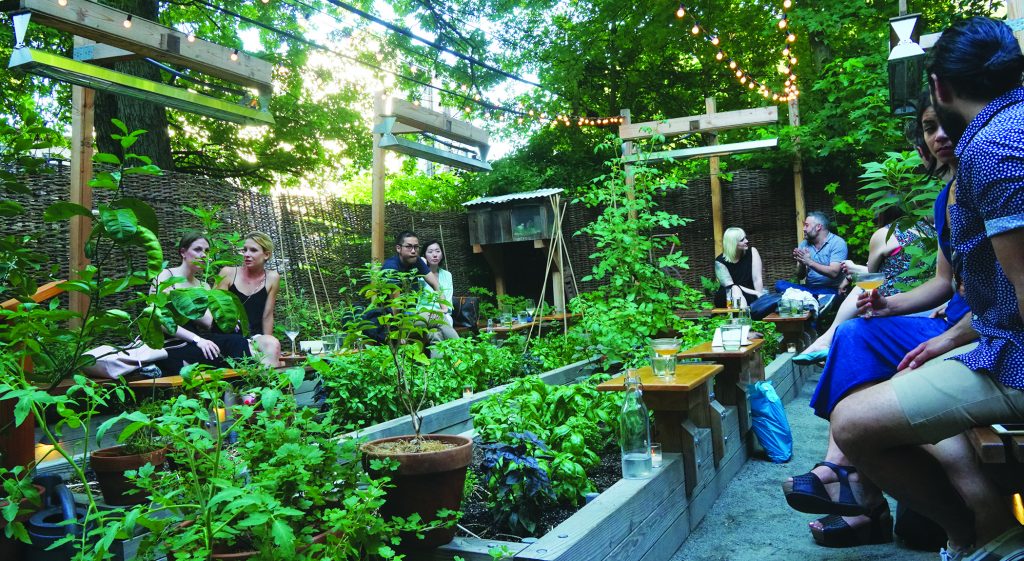Park Slope resident Jacqueline Woodson is staggering. In 2014, her childhood memoir-in-verse, Brown Girl Dreaming—which she wrote at the local Du Jour Bakery—won The National Book Award, as well as the Coretta Scott King Award (she has two), a Newberry Honor (she has four), the NAACP Image Award, and a Sibert Honor. A year later, the Poetry Foundation named her the Young People’s Poet Laureate. A year after that, her adult novel, Another Brooklyn, became a National Book Award finalist. And only months ago, Jacqueline was chosen as the new National Ambassador for Young People’s Literature, a role she will hold for two years as she travels the country and discusses the importance of young people’s literature. These are only a few of the accolades she has earned over a career that has spanned nearly three decades. Although Jacqueline admits she was a “reluctant ambassador,” given what is happening in our country, “whether or not I’m ready, the world is ready for me. So, I need to show up.” Below, Jacqueline shares some thoughts on her new ambassadorial duties; the power of literature as it relates to hope, change and identity; her favorite Park Slope hangouts; and why parents should let their kids read picture books all the way through high school.
PS Reader: In your new role as the National Ambassador for Young People’s Literature, you’re traveling around the country speaking to students in schools, libraries and underserved areas. What will you be discussing?
I’m hoping to be discussing the power of literature and the power of literature to change the narrative of lives and countries and places, and just how important it is for us to have bigger conversations, and how literature allows us to have those conversations. Until I meet the people I don’t know how the conversations are going to go, so I can’t say I’m going to talk about this one blanket thing. But I’m hoping to have decent, meaningful conversations about the power of literature to create hope in our lives, and also how that hope becomes part of the change.
And will you be approaching these students with a lesson plan, or will you leave it more open-ended?
Open-ended. I’m not trying to teach. I don’t think my role as ambassador is to teach. It’s a kind of gospel of literature and how important literature is in the narratives of our lives. How would you describe your platform, “READING = HOPE X CHANGE (What’s Your Equation)”?
In terms of what? In terms of what you are hoping to elicit from the students when you broach the subject. I know you want to discuss the power of literature.
I’m not only speaking to students. I’m going to prisons, I’m going to juvenile detention centers, I’m going into community centers, I’m speaking to adults, I’m speaking to young people. So it’s not just going into classrooms and speaking to students. Although there will be that. I’m going to conferences. And, basically, I think it’s simply that. When you read a book, you meet characters. You fall in love with those characters, or you don’t. But you exit a book differently than how you enter it. And that exchange, and that time of going from opening a book and having an experience, to closing it and having had that experience, you’re a different person. And that different person is able to have different conversations. Is able to talk about different themes and thoughts and characters and situations. Everything, from social situations to economic situations to talking about race and talking about sexuality and gender. All of these themes that get introduced in books allow you to have more hopeful conversations with a bigger community of people, because you have more information, and less fear, and that’s the hope. My hope is that these are the kinds of conversations we will have, and I think these are really important conversations at this moment in time. At all moments in time.
And what books will you be discussing? Do you know yet?
I don’t know, because I don’t know a lot of things. I don’t know what books we can get donated if they’re underserved communities. There are going to be different books that we use for young people than we use for grownups, maybe, or there’ll be more mother-daughter or adult-child reading groups. Or if they’re literacy programs, they’re going to be reading something different. But hopefully, there is a common theme that I can bring in there, and say, look, here’s this narrative, here’s Owl Moon or Show Way or whatever the book is, let’s read it together and then let’s talk about everything it represents, and what it means to you, and what you find in common, and what’s enlightened you, what you find enlightening about the narrative, and all of that. But again, it so much depends on the room. Some rooms I’m going to go into, the young people have been reading, right. They’ve been reading a common text already, so whatever the teachers choose as the text, that’s fine with me. I’ll read it before I get there so we’re all on the same page.
In Brown Girl Dreaming you mention that when you were younger you were sometimes admonished for reading too slowly or for reading books that were too “babyish.” On the website for the National Ambassador for Young People’s Literature, you say that “young people should not be judged by the level of their reading, but by the way a book makes them think and feel.” Did your experiences as a young reader inform that belief you hold today?
Oh, definitely. I think it’s not only my experience as a young reader but also what I’ve seen being an author for the past 30 years, and what I’ve seen happening in classrooms and institutions of learning in ways that haven’t changed from my own childhood. So, definitely.
And how do you think that can be corrected, today?
I don’t know. I don’t like to use the word ‘corrected,’ cause it assumes something being done wrong. I think we can think differently, and think about reading differently, and think about reading as an engagement and a social engagement and a means of having a conversation. The book is having a conversation with the reader, the reader is having a conversation with the book, and the reader is having a conversation with another reader or a teacher, and all of that is not something that needs to be graded or judged for how well or intellectually it’s done. But they should just be part of the continuum of the engagement.
I read somewhere as well that the graphic novelist Gene [Yuen Lang], who was the national ambassador before you, had to talk you into saying yes to this position. Why is that?
Yeah. I was reluctant. I was definitely a reluctant ambassador. I was concerned about how much traveling I would do. I was concerned about how far it would take me away from my writing and my family. It wasn’t the work that I wanted to do right now. And then I think about so many people who are asked to do the work they’re not ready to do, and the time is ready, whether or not they are. So I think in terms of looking at where our country is right now and what’s happening to young people, and what’s happening to people of color, and what’s happening to queer people, what’s happening to poor people, you know, whether or not I’m ready, the world is ready for me. So, I need to show up. When Brown Girl Dreaming had gotten The National Book Award I was traveling a lot, and I have a 15-year-old daughter and a 10-year-old son, and it was hard to be away from home, so I think that’s where most of the reluctance came in. I was like, ‘Oh, no, I don’t want to go out on the road, I don’t want to have conversations, I just want to stay home and write and be mom.’
Now that you have accepted the position, are you happy for having done so?
I am, I am. I think it’s worth it. I’ve figured out how to do it and write. It’s made me be very clear about what I can say ‘yes’ to and ‘no’ to, so I can make the time to do what I need to do and also be a good ambassador.
You were speaking about the point at which our country is at the moment. I was reading another interview you gave to NPR. In it, you say you have no tolerance for people who are not thinking deeply about things, or “no tolerance for people not being a part of the world and being in it and trying to change it.” My question is: What would you say to those who live in precisely that way—that is, people who do not advocate or agitate for change?
You know, I think I would ask them, ‘Why?’ I think that’s the biggest question, is ‘Why?’ What keeps you here in this moment as it is, and I’d be interested in hearing their answers. I think that’s what having a conversation means, is to ask the questions that are going to make people introspective. And I think some people are very comfortable to live in very small worlds and there is very little I can do to change that, but once I know what the answer to that ‘why’ is, then I can begin to have a conversation. But, I don’t know. I don’t know what to say to someone because I don’t know who they are, I don’t know why they make the choices they make.
When you go speak to these students and other people, will you try to draw a connection between social change and the ways in which literature can help bring that about?
I hope so. I hope so. I think that I have such a deep respect for young people. And I think they know that they are the future and I think young people are pretty unhappy with a lot of stuff that’s happening now and ready to change that. Grow up and change it in the way they can. I think it’s going to be interesting.
Did you attend The March [For Our Lives] this past weekend?
We were at the one in Vermont.
And what did you think when you were there?
I think it would have been nice to be in New York or D.C. where there were a lot, a lot of people, but it was very sweet. It’s just nice to know that in every state there are people speaking out against what’s going on right now.
Along similar lines, in an interview you gave to The Brown Bookshelf, again speaking about the injustices or the unkindness and the fear that is in the world, you said you can’t afford to be one of those people who ignore it, because that would mean not growing, and if you can’t grow, you can’t write. You said, “So some days I’m like this big bruise walking through the world. And it’s a bit awful, but it comes with what it means to be a writer.” Could you expand upon that thought? What, to you, does it mean to be a writer? In this day and age in particular, as well as at all times?
I think it means to be woke. And to be really in the world and to really see it, warts and all, and to really see its possibility. So I think it means walking through the world very pessimistically and optimistically at the same time. Which feels like a contradiction, but it’s true. Just to be able to see the hope in the world and then articulate what that hope could look like is really important. But, in order to get to that, you also have to see the way the world is. Things are not working for so many people and that’s painful.
I know it’s your job as a writer to articulate that hope, as you said, but do you ever find that difficult?
It’s always difficult. It’s always difficult. But, you know, something being difficult shouldn’t be the thing that stops somebody.
How do you push past the difficulty?
Cause I know the only way through it is through it. To just stay where I am means that nothing is going to change. I know there are days when writing is very cathartic for me, so it feels empowering. When things feel the hardest I know that I can sit down and imagine the change I want to see in the world.
This question might sound a little naïve, but I would love to hear the answer in your own words: What about the experience of seeing oneself represented in fiction is so powerful? How would you describe the feeling?
I think what it does is it legitimizes you, your experiences. Even though it’s fiction, it means that someone else has imagined and/or lived what you’ve lived. And that means that there are more people like you in the world. And that’s empowering because I think a lot of times, we question our own existences and our own legitimacy when we’re not represented on a bigger screen. And so to open up a book and find someone who looks like you or thinks like you or eats what you eat or prays the way you pray or has the same family makeup you do, it’s like, wait a second, I matter, and I’m in the world, and here I am, again and again and again. And I think if you’ve walked through the world always seeing mirrors of yourself in it, then it’s hard to imagine what it would be like not to. But for someone who’s never seen that mirror, it’s just huge.
That reminds me of the article you recently wrote for Vanity Fair when you spoke with [“Master of None” Emmy-winning actress] Lena Waithe. Could you talk about that? What was it like, to speak with her?
She’s great. She’s phenomenal. And she’s so smart and it’s so great to have a conversation with her and to realize all of these ways in which our lives overlap and how we both got to our calling, through television and through literature. But I just think she’s phenomenal.
I would love to know what you’re currently reading.
I just finished re-reading Jesmyn Ward’s Sing, Unburied, Sing, which I loved. I’m reading a book by Daniel José Older that’s not out yet, but it’s phenomenal. And it’s a middle-grade book, I’m reading it to blurb it. There’s a woman named Imani Perry who just wrote a book about Lorraine Hansberry. I’m in the middle of reading that, I’m reading a number of books at once. And I’m just so excited about this Lorraine Hansberry story, because I love A Raisin in the Sun and I just loved her so much as a person, even though I never knew her. And to be able to sit for hours with her life…And Wade in the Water, which is a collection of poems by Tracy K. Smith.
Do you set aside time to read every day?
I don’t, I figure out how to. I was doing a Scholastic interview and then reading a little bit before you called, because it ended early, and then I always read at night. And when I’m writing, I’ll try to stop writing for a while and read a little bit, just because it clears my mind. So if I’m writing something more literary, I’ll read more poetry, and that helps.
What can you tell us about your two new books that will be coming out? I believe there’s a picture book and a middle-grade book?
The picture book is called Harbor Me and it’s about six kids in a specialized classroom in Crown Heights, Brooklyn. And the picture book is called The Day You Begin and it’s about walking into a room and feeling like you’re the only one like yourself in that room, and then realizing it’s not true.
[As] a Park Slope resident, what do you love about the neighborhood?
I love that I can walk anywhere, I love that I can leave my house and go right and be at the park in two blocks, I love that. Or three blocks. I love that I can go left and be on 5th avenue in no time and go have lunch with friends or go grab a coffee. So I love that it’s a walking neighborhood. And I love my backyard, because I love gardening.
How would you say it compares with your experiences in Bushwick growing up?
It’s whiter. [Laughs] It is far, far, far—less diverse than my childhood neighborhood. I don’t know, it’s hard to compare. There are things I love about Park Slope and things I struggle with. Bushwick was much more alive. Strangers said ‘hi’ to each other. That doesn’t happen so much here. And there were lots of languages spoken, so you grew up speaking lots of languages. I grew up speaking Spanish and English. That doesn’t seem to happen so much here. Or, there’s not the intersection of people speaking across languages. And Park Slope is definitely a quieter neighborhood, but it has a lot more cars than my childhood neighborhood.
Do you have any favorite spots around here?
I like [Café] Martin’s, around the corner. And I used to go to Du Jour [Bakery] all the time. I wrote Brown Girl Dreaming at Du Jour. Sometimes we go to Blue Ribbon for dinner when we don’t feel like cooking, which is a spot my son loves. And I love the library here. Cause I can walk to it. And where else do I hang? I love my stoop. Which I hang a lot on.
Is there anything else you would like our readers of The Park Slope Reader to know?
I think it’s really important that parents know that they should let their kids read picture books all the way through high school. I think a lot of times, people think that, ‘oh, my kid has moved beyond picture books,’ but it’s a way to learn about poetry. All of my picture books are written in a poetic form. It’s a way to learn how to write a novel. Cause in 32 pages, you get a beginning, middle and end. You learn about character. There’s all this stuff that they might miss learning about if they skipped that stage of picture books. And I always get a little sad when I see people pushing their kids toward chapter books and not letting them have the experience of picture books. So, let them have that. The library has great picture books and reading picture books does not mean they’re reading at what people call a quote-unquote ‘lower grade level.’ They’re just reading as writers, and respect that.
Are there any picture books that you would recommend?
I love Owl Moon by Jane Yolen. I love When I Was Young in The Mountains, by Cynthia Rylant. And then she has another one called The Relatives Came. And she’s just such a thoughtful writer. And what other picture books? I love anything by Mo Willems, an ex-Park Sloper. And anything by Javaka Steptoe. So, my list could go on.

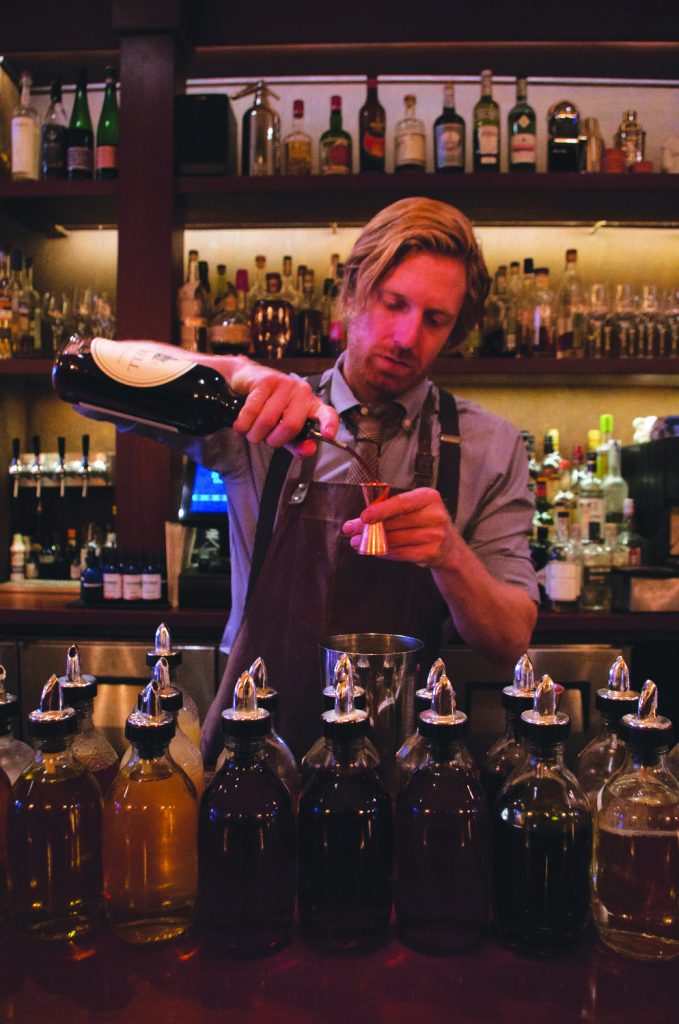
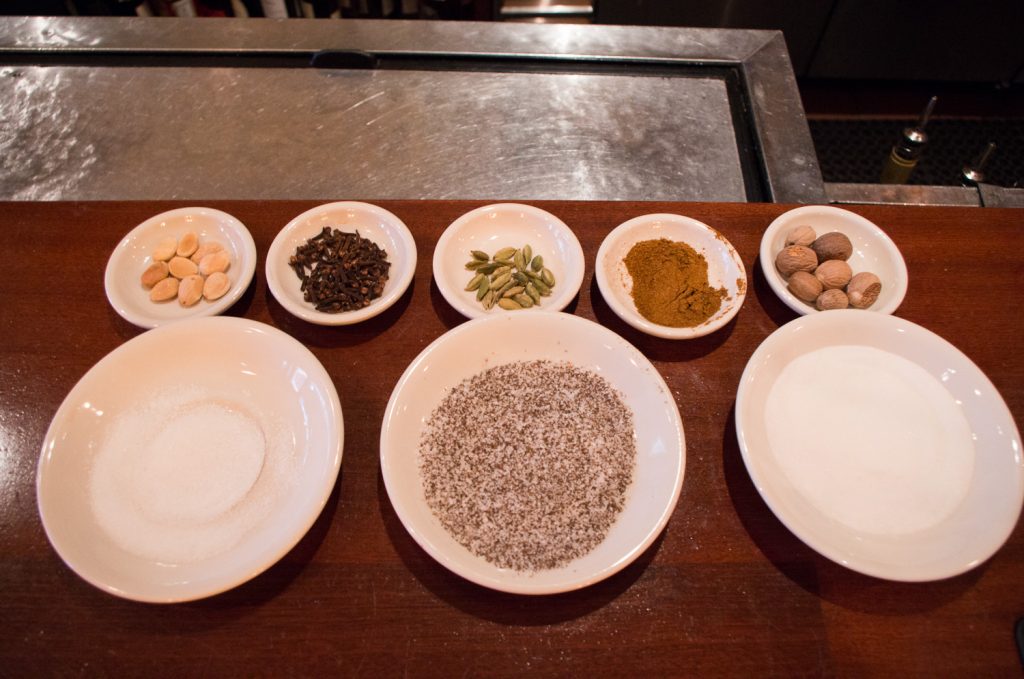

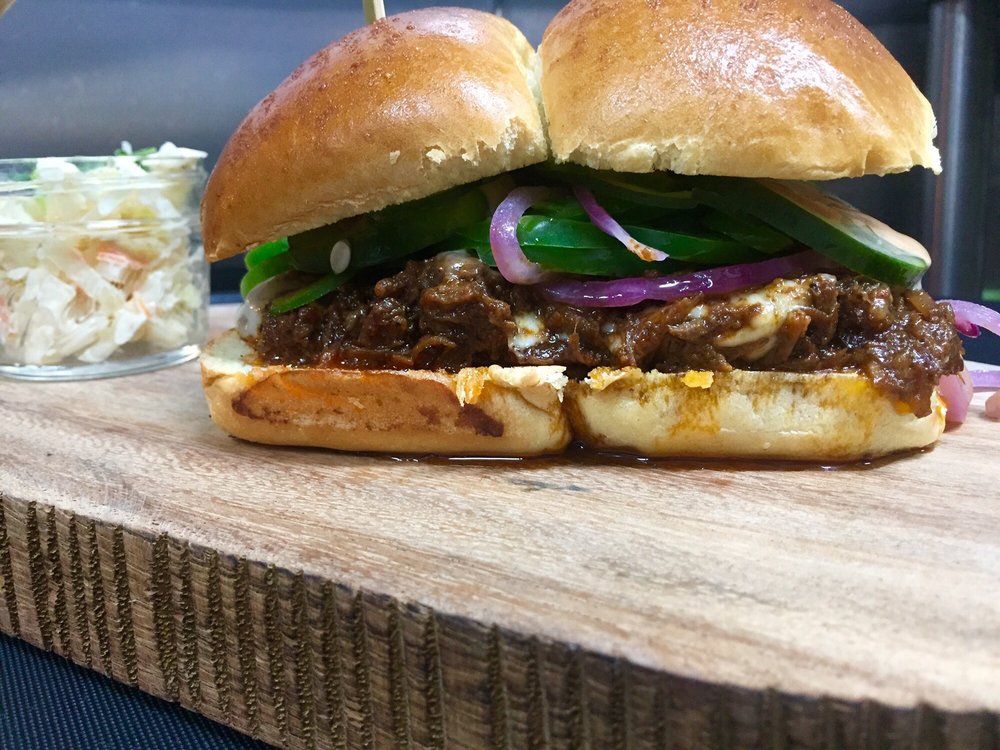
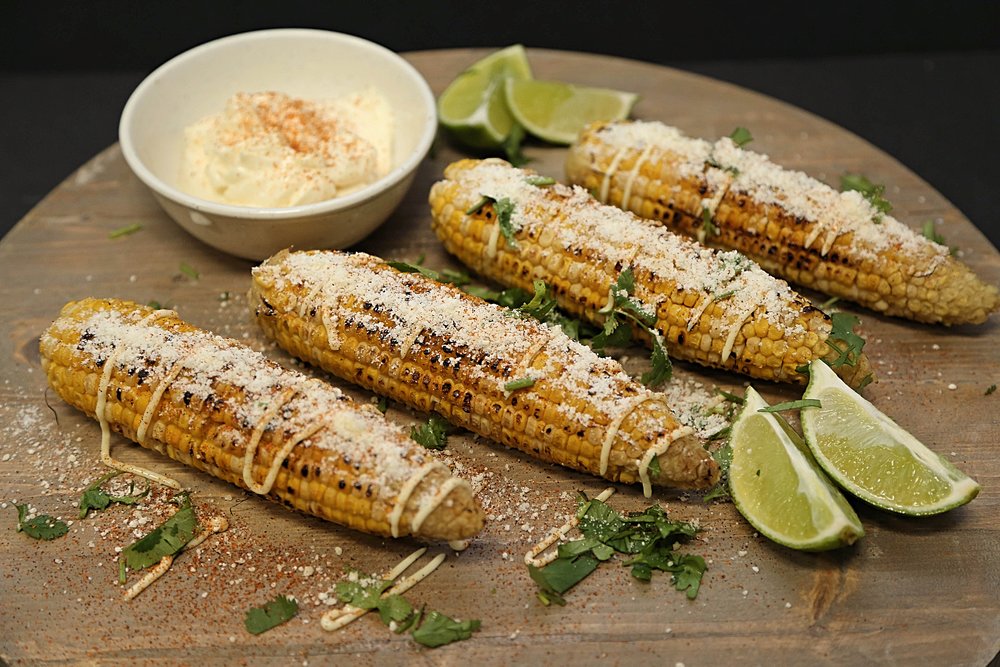
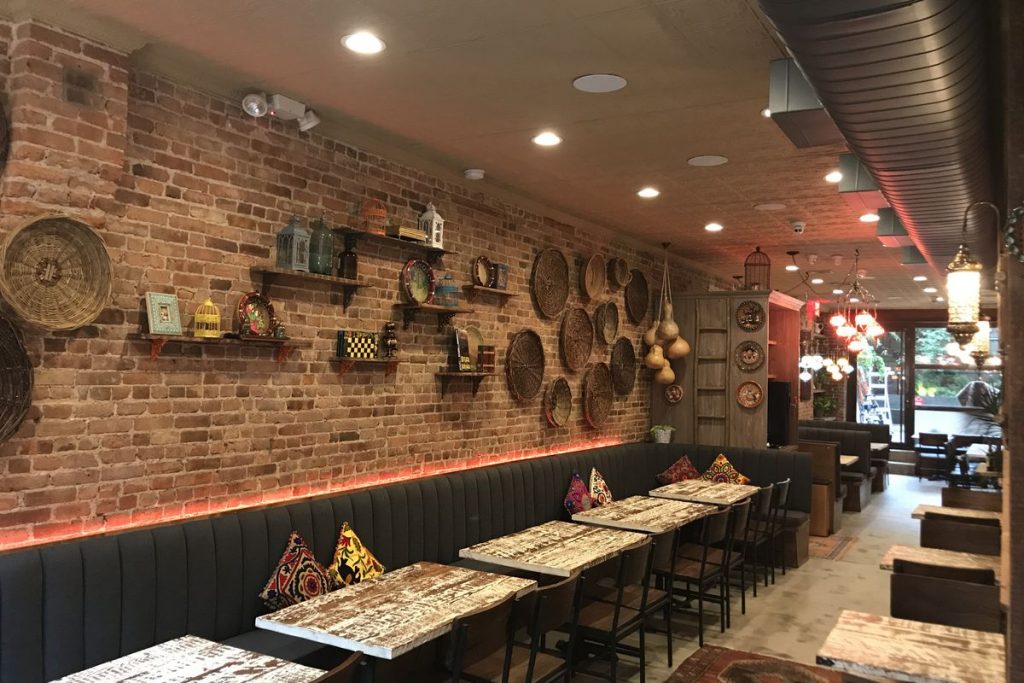
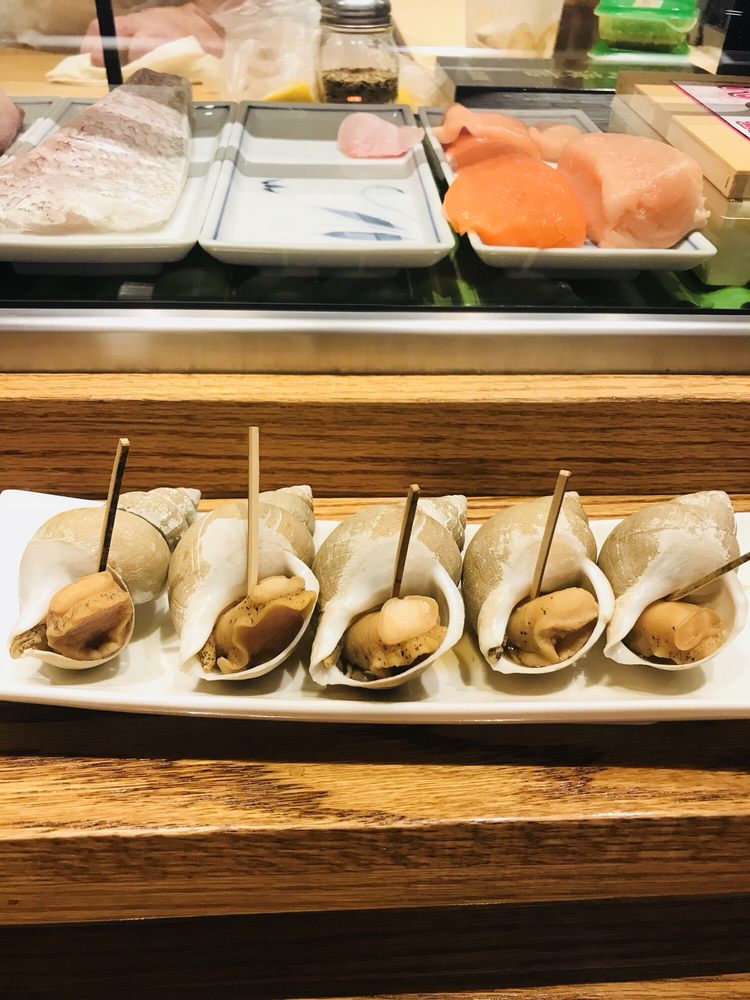
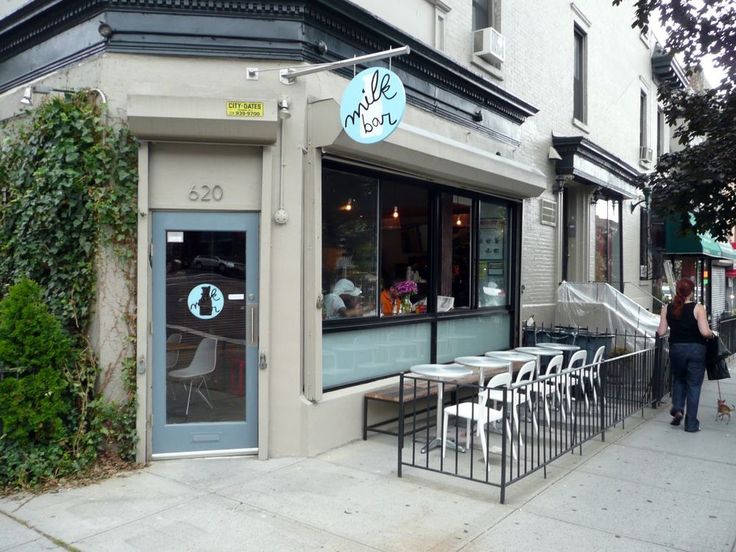

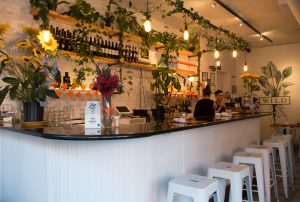
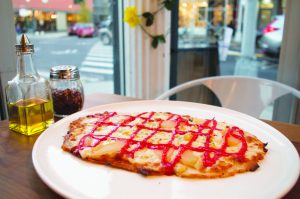

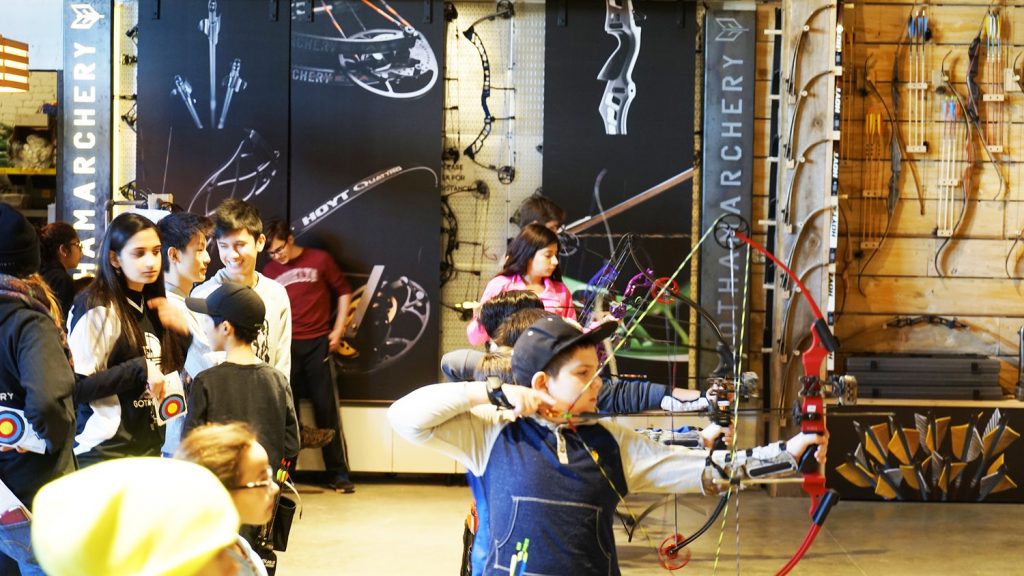
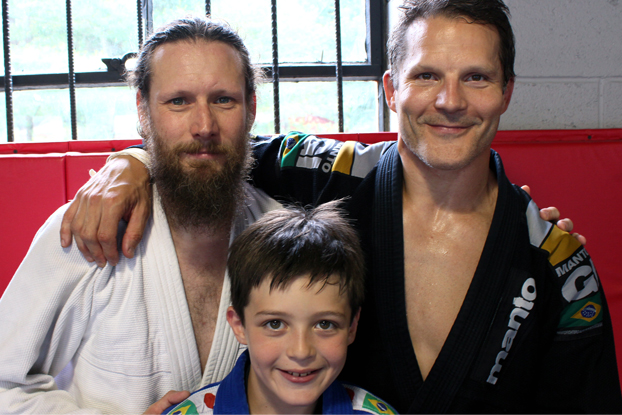
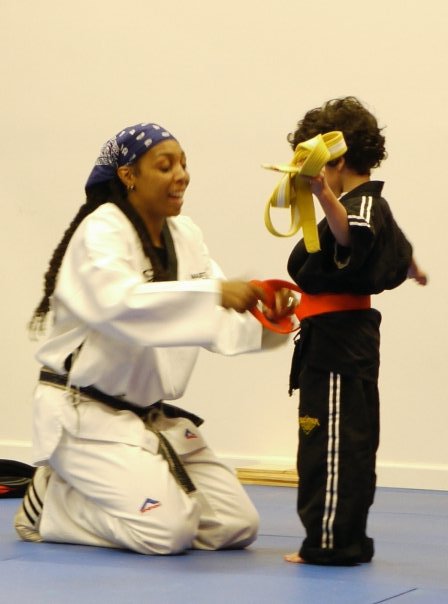
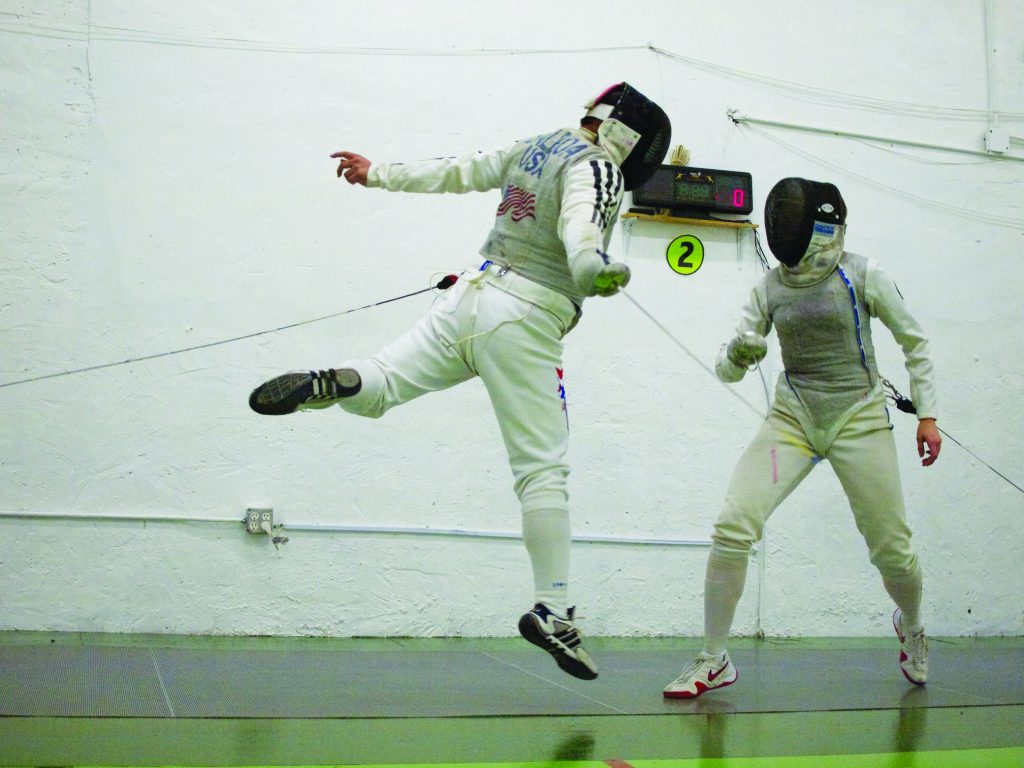
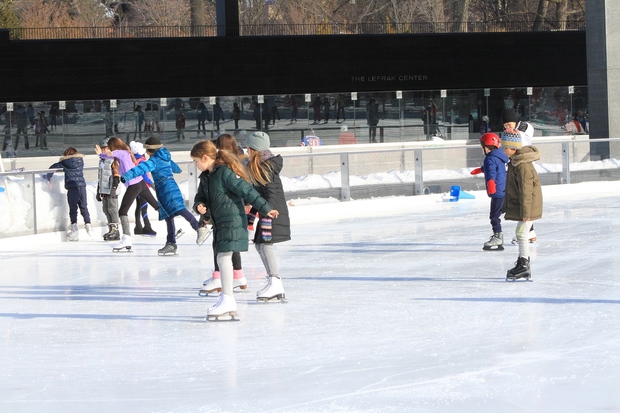
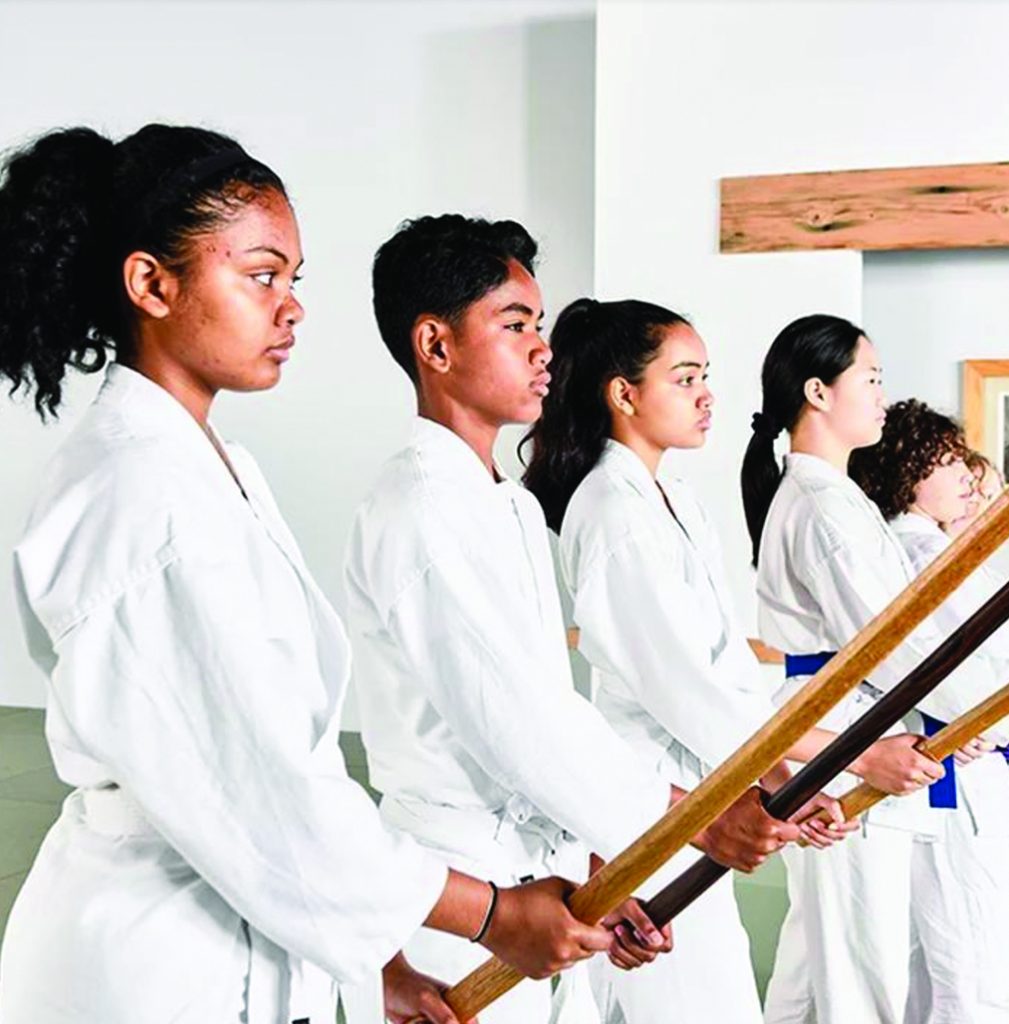
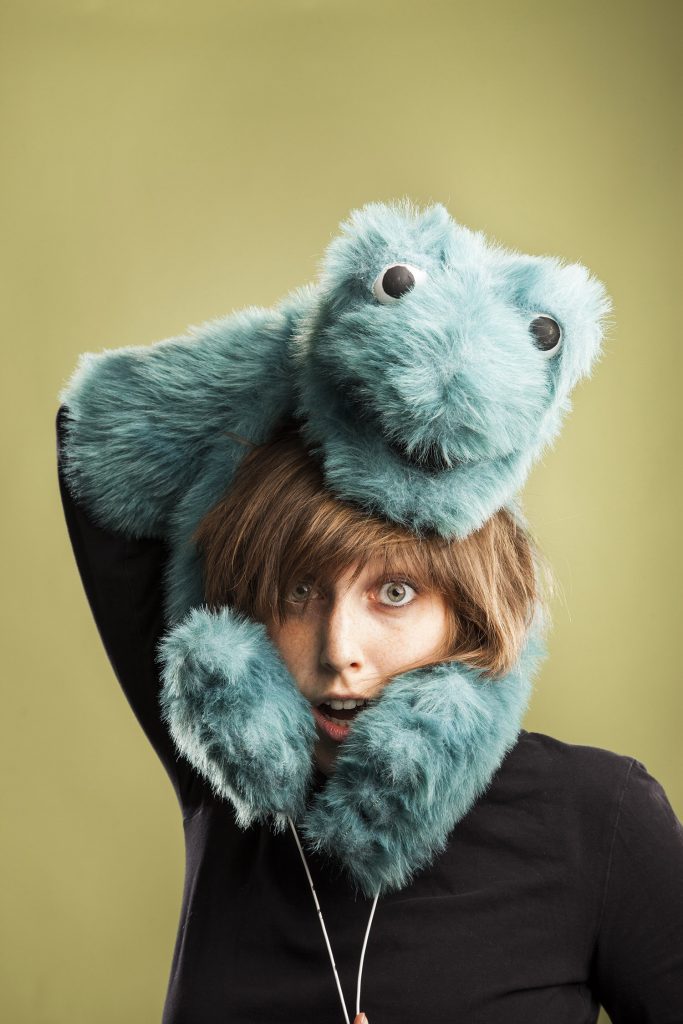
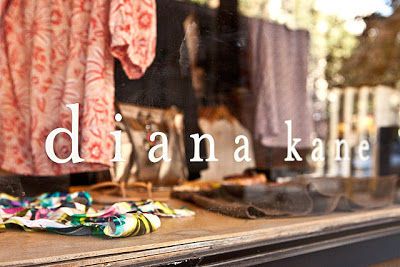
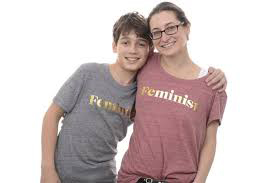
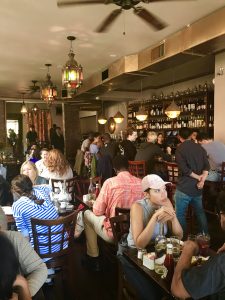 Fresh ingredients (some of which are imported directly from Israel) make these traditional plates outstanding. To start off the experience, the house made flatbreads are a staple and have a nice combination of crunchy burnt-bubbles and gooey centers. The Za’atar spiced flatbread is especially good. Several of the “meze” items, or appetizers, are excellent as well. Puff pastries filled with Swiss chard, leeks and feta make up the Burekas and falafels with green tahini are prepared with skill. But, the best meze is the Kadaif wrapped shrimp with spicy aioli. It is coated with extremely thin crispy noodles, adding delectable crunch to the juicy jumbo shrimp. You may recognize the distinct layering of these noodles from the Turkish dessert, Baklava.
Fresh ingredients (some of which are imported directly from Israel) make these traditional plates outstanding. To start off the experience, the house made flatbreads are a staple and have a nice combination of crunchy burnt-bubbles and gooey centers. The Za’atar spiced flatbread is especially good. Several of the “meze” items, or appetizers, are excellent as well. Puff pastries filled with Swiss chard, leeks and feta make up the Burekas and falafels with green tahini are prepared with skill. But, the best meze is the Kadaif wrapped shrimp with spicy aioli. It is coated with extremely thin crispy noodles, adding delectable crunch to the juicy jumbo shrimp. You may recognize the distinct layering of these noodles from the Turkish dessert, Baklava.